An eagle is an example of a heterotroph. All animals are heterotrophs.
Click on image for full size
Image courtesy of Corel Photography
Heterotrophs
Heterotrophs are organisms that get the carbon necessary for life from organic substrates.
They cannot synthesize organic carbon-based compounds from inorganic sources in the environment like an autotroph can.
Heterotrophs are known as consumers in the food chain. They can feed on autotrophs, heterotrophs, or sometimes their own waste products. More simply, a heterotroph might eat plants or another animal to get necessary carbon to sustain its own life.
The term heterotroph can refer to single-celled organisms as well as multi-celled organisms. Most bacteria and all animal and fungal species are heterotrophic.
You might also be interested in:

Autotrophs are organisms that produce organic compounds from an inorganic source of carbon (carbon dioxide) given a source of energy. If the source of energy is the reactions of inorganic chemical compounds,
...more
The first beings were probably much like coacervates. As a group, these bacteria are called heterotrophic anaerobes. Because there was virtually no oxygen in the atmosphere at this time, these bacteria
...more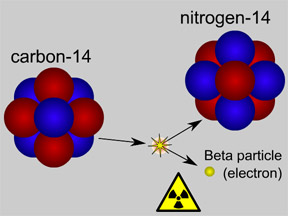
Carbon-14 dating (also called "radiocarbon dating") is used to determine the age of materials that contain carbon that was originally in living things. It is often used in archeology and some
...more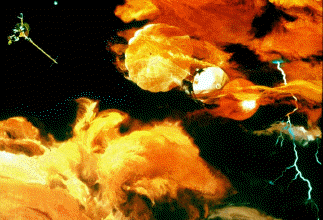
Jupiter's atmospheric environment is one of strong gravity, high pressure, strong winds, from 225 miles per hour to 1000 miles per hour, and cold temperatures of -270 degrees to +32 degrees (freezing temperature).
...more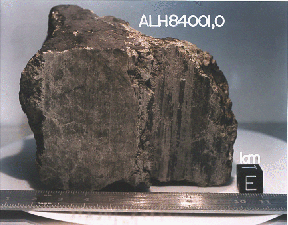
In July, 1996, it was announced that Dr. David McKay, along with a team of scientists at Johnson Space Center (a division of NASA), had discovered possible fossils of bacteria in an ancient rock from Mars.
...more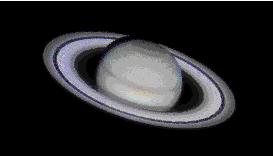
Saturn's atmospheric environment is one of strong gravity, high pressure, strong winds, from 225 miles per hour to 1000 miles per hour, and cold temperatures of -270 degrees to +80 degrees. With winds
...more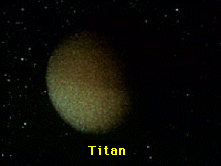
Titan's atmosphere is a lot like the Earth's, except that it is very cold, from -330 degrees to -290 degrees! Like the Earth, there is a lot of Nitrogen and other complex molecules. There also may be an
...more















